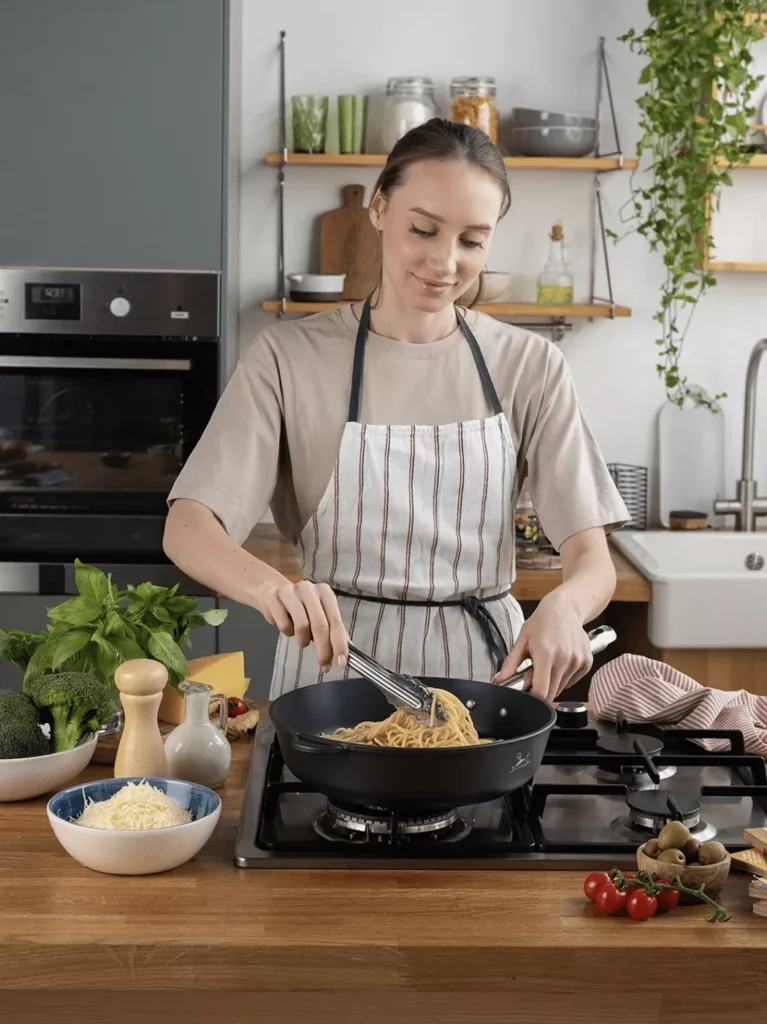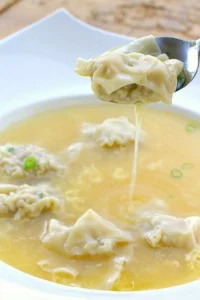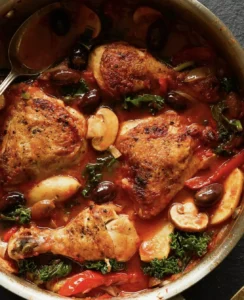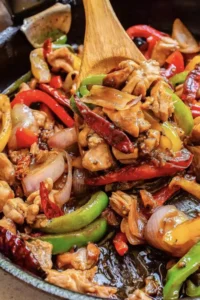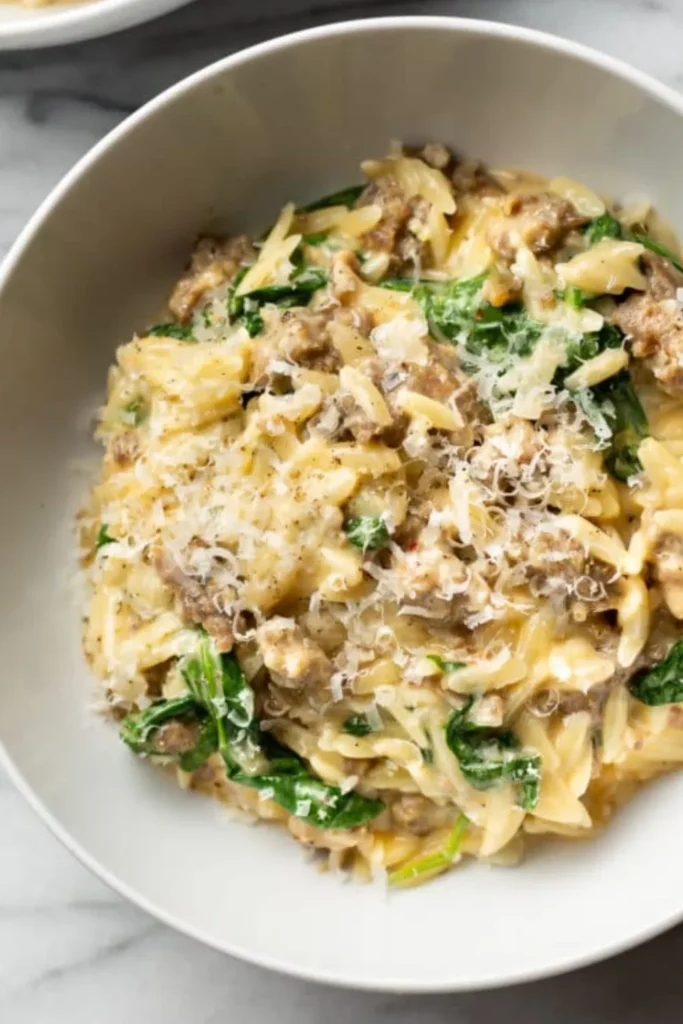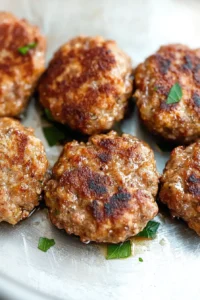Orzo, often mistaken for rice due to its small, rice-like shape, is actually a type of short-cut pasta that brings a unique texture and versatility to a variety of dishes. Whether used in soups, salads, or as a main course, orzo rice serves as a delightful alternative to traditional pasta or grains.
The Origin and Popularity of Orzo
The history of orzo can be traced back to Italy, where it was first crafted as part of the diverse pasta family. Known for its ability to absorb flavors and maintain a firm texture, orzo has gained popularity across the globe, making it a favorite in Mediterranean, Turkish, and even American kitchens. For those interested in exploring other unique breakfast options, you might enjoy the Taco Bell Breakfast Quesadilla from Simple and Delicious.
Cooking instructions
Cooking orzo is straightforward and similar to cooking other pasta:
- Boil Water: Start with a large pot of salted boiling water.
- Cook Orzo: Add orzo and boil until it is al dente, usually about 8-10 minutes.
- Drain: Drain the orzo and either rinse or mix with a little oil to prevent sticking.
Best Practices for Cooking Orzo Rice
To get the best out of your orzo cooking experience:
- Avoid Overcooking: Orzo should be firm to the bite, not mushy.
- Stir Occasionally: Prevent sticking by giving your orzo a quick stir midway through cooking.
Classic Recipes Using Orzo Rice
Orzo is incredibly adaptable in various dishes:
- Orzo Pilaf: Saute onion and garlic, add orzo, and toast lightly before cooking in broth.
- Creamy Orzo Risotto: Use orzo instead of rice for a quick, creamy risotto.
Creative Variations
For those looking to add a creative twist to their orzo dishes, consider the following ideas:
- Vegan Orzo Salad: Mix cooked orzo with cherry tomatoes, cucumbers, olives, vegan feta, and a lemon-oregano dressing.
- Gluten-Free Options: Opt for gluten-free orzo available in some health food stores to cater to dietary restrictions.
For a delightful egg-based dish to complement your orzo meals, try the Pesto Eggs recipe from Simple and Delicious.
Health Benefits
Orzo not only offers a satisfying texture but also packs a nutritional punch:
- Rich in Carbohydrates: Provides energy through complex carbohydrates.
- Low in Fat: An excellent base for low-fat diets when prepared without creamy sauces.
Dietary Considerations and Substitutions
- For Gluten Sensitivities: Substitute orzo with quinoa or rice to avoid gluten.
- For a Protein Boost: Add legumes or lean meats to cooked orzo dishes.
FAQs
- What is the difference between orzo and rice?
- Orzo is pasta made from wheat, whereas rice is a grain.
- How long does it take to cook orzo?
- Typically, orzo cooks in about 8-10 minutes.
- Can orzo be used as a substitute for rice in recipes?
- Yes, orzo can replace rice in most recipes where a similar texture is desired.
Orzo rice, with its delightful texture and ability to meld into nearly any culinary style, is a versatile and nutritious choice that can elevate everyday meals into something special. Whether you’re looking to expand your pasta repertoire or find new ways to enjoy traditional dishes, orzo offers a delicious and healthful option.
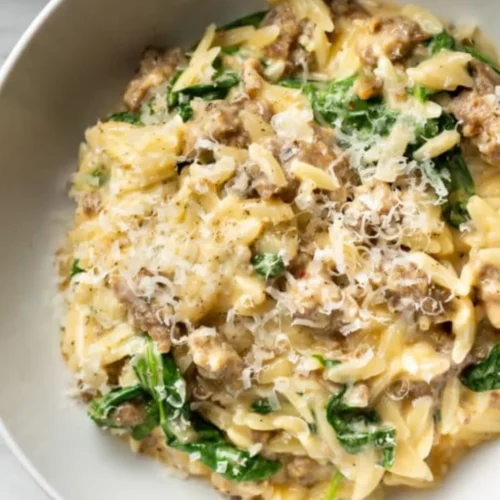
Orzo Rice
Ingredients
- 1 cup orzo pasta
- 2 tablespoons olive oil
- 2 cups chicken or vegetable broth
- 1/2 onion finely chopped
- 2 cloves garlic minced
- Salt and pepper to taste
- Optional: Fresh herbs for garnish
Instructions
Sauté Onions and Garlic:
- Heat olive oil in a medium saucepan over medium heat. Add chopped onions and minced garlic, sautéing until soft and translucent.
Toast Orzo:
- Add orzo to the saucepan and stir to coat in oil. Cook until lightly toasted, about 2 minutes.
Add Broth and Simmer:
- Pour in the broth, bring to a boil, then reduce heat to low. Cover and let simmer until the orzo is tender and the liquid is absorbed, about 10-12 minutes.
Season and Serve:
- Season with salt and pepper to taste. Garnish with fresh herbs if desired. Serve warm.

